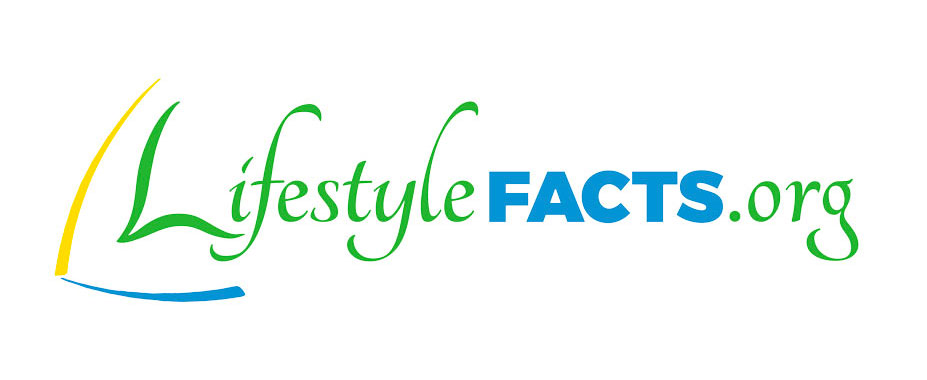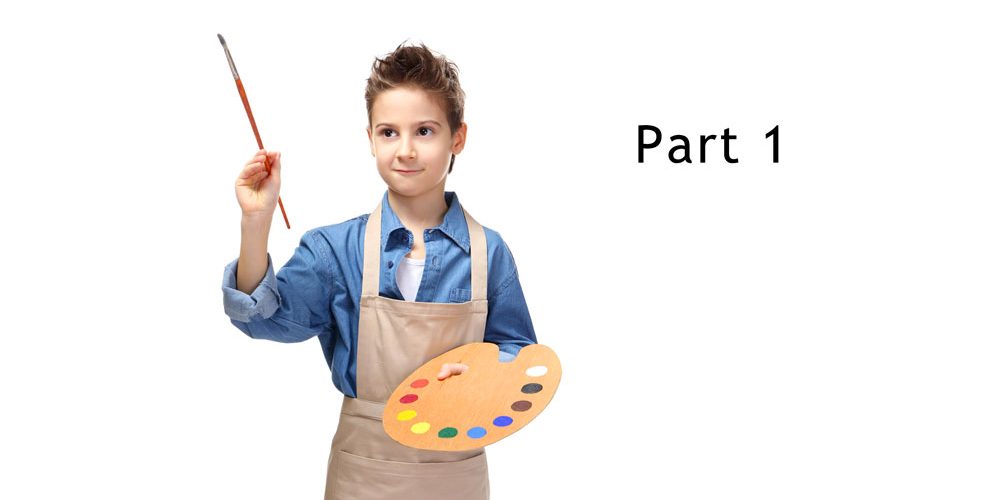By Jerry Morris, PsyD, MsPharm, MBA
MB (Marc Braman, MD, MPH):
Our topic this session is a full treatment palette for ADD or ADHD and Dr. Jerry Morris is here with us again. Thank you for joining us, Dr. Morris.
JM (Jerry Morris, PsyD, MSPharm, MBA):
Glad to be here, Marc.
MB:
So, you and I’ve been talking about this and the different causes and a complete treatment approach to ADD. And I really want our listeners to, in essence, see a full palette of treatment based on treating the cause in how they approach ADD. So, if we picture an artist’s palette and all the splotches of paint, if you will, we’re just gonna fill that in for treatment for our people here. Part of what we’ve been talking about is behavioral intervention. Obviously, you’re coming from a behavioral health professional standpoint, a psychologist. On this palette, how big is what we can do with behavioral health?
JM:
Sure. This is a really good way to think about it, Marc, because the brain, the body, the mind, the personality, they’re all influenced through several windows. The psychotherapy window is a particularly interesting window for me because that’s what I do mainly, and it probably can have a magnitude of effect of about a one-third capacity in a treatment plan for attention deficit disorder. In other words in the research, it’s shown to have significant power with some individuals. Some more than others like the other windows and techniques. And in that effect, what we’ve learned is, that how we think, our attitudes, our choices, our strategies, our values can set a course that is not only affecting behavior and what we do, but it affects the biology and the development of the brain, and actually even the functioning of systems, like our immune system and our motor systems. And so, psychotherapy has about a one-third magnitude of effect. That’s why in the research, you see that many studies show that psychotherapy with other techniques, that window, really should be highly valued and there in every attention deficit disorder treatment plan, because it has such a significant magnitude of effect, about a one-third value when you compare it to all of the other possible interventions.
MB:
Excellent. So, it’s a big piece on this palette, I mean how that’s implemented. Obviously, we’re talking about lifestyle medicine here through Lifestyle Facts. Often very overlooked stress, nutrition, sleep, exercise; we know all these things have a significant effect on our brains and our nervous systems. For ADHD, how big is this color splotch on our treatment palette?
Changes in hyperactivity and temperament in behaviourally disturbed preschoolers after parent-child interaction therapy (PCIT). Nixon RDV. Behav Change. 2001;18(3):168-76.
The Influence of Health Behaviours in Childhood on Attention Deficit and Hyperactivity Disorder in Adolescence. Wu X, Ohinmaa A, Veugelers PJ. Nutrients. 2016;8(12):788. doi:10.3390/nu8120788.
Family Centered Approach to Planning and Measuring the Outcome of Interventions for Children with AttentionDeficit/Hyperactivity Disorder. Cunningham C. E. (2007). J Pediatr Psychol. 32(6):676694.
Consultation-Based Academic Intervention for Children With Attention Deficit Hyperactivity Disorder: School Functioning Outcomes. Jitendra AK, DuPaul GJ, Volpe RJ, Tresco, et al. Psychology Review; Jun 2007; 36, 2; PsycINFO pg. 217.





